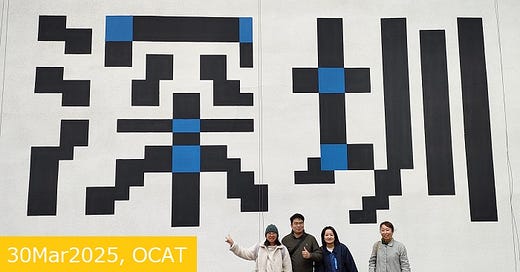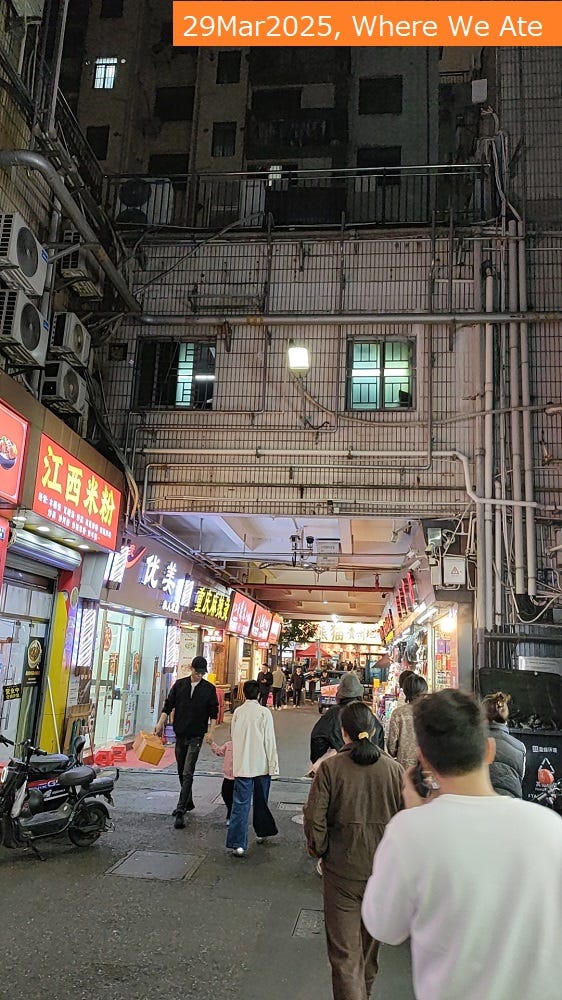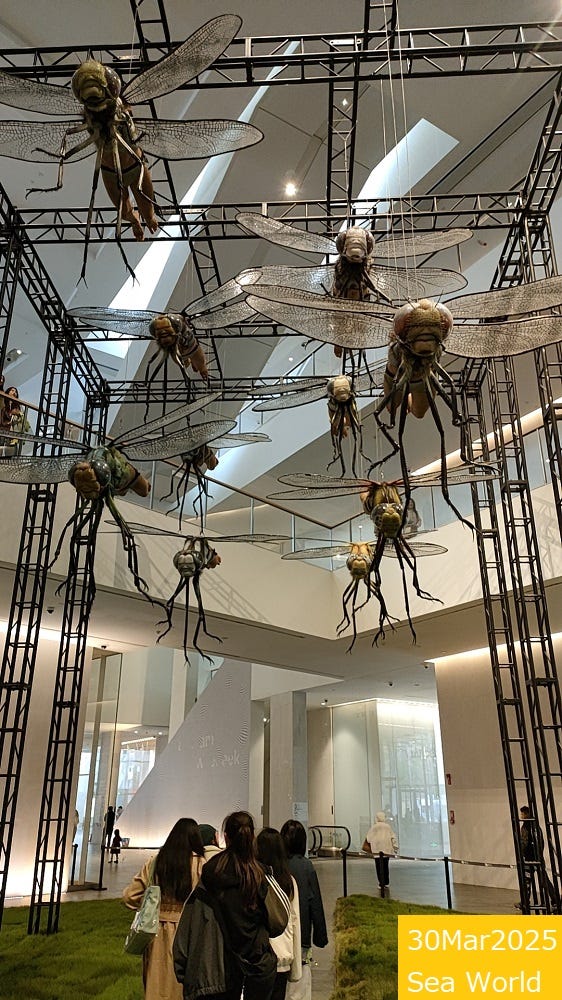<essays> Real Cultural Chaos Cities in Hong Kong and Shenzhen, China 2025-2
Chisai has been to Hong Kong and Shenzhen, China for the first time in five years! And she tells you the report in four parts in a series!
Having returned to Shenzhen after a considerable hiatus post-pandemic, the experience was, as always, a stark reminder of China's rapid evolution. Prior to my arrival, I encountered an unexpected hurdle in Japan: the inability to exchange currency for RMB. This foreshadowed the digital reality I was about to immerse myself in. Similarly, a multi-region SIM card purchased online proved futile upon arrival, necessitating a local purchase. Interestingly, despite the convenience of the high-speed rail, I opted for the familiar subway to navigate to my friend's home, where I would be staying. Even after five years, my Shenzhen Metro transit card still worked. The fares remain inexpensive, likely due to the city's large population.
However, a more pressing issue was the palpable shift towards a cashless society. My inquiry about splitting costs with cash was met with a bemused "Paper?" from my friend, underscoring the dominance of digital payment systems. Fortunately, the friendships I've cultivated over a decade of visiting Shenzhen proved invaluable in navigating this digital currency landscape. Without my friends, simple tasks like buying food or water would have been impossible.
My itinerary included several art exhibitions that provoked thought. Firstly, a photography exhibition curated by a friend at OCAT featured artists and subjects apparently well-known within the broader Chinese-speaking world, yet entirely new to my Japanese perspective. This naturally brought to mind the question of whether sheer population size inherently advantages certain cultural narratives. Secondly, at a contemporary art exhibition in Sea World, the number of artworks seemed inversely proportional to the entrance fee. One friend who accompanied me, lacking a particular interest in art, voiced his strong disapproval of the poor cost-performance. Lastly, an alternative space showcasing locally-focused art resonated with my ongoing inquiry: "Is art inherently local?"
Beyond these exhibitions, I had the opportunity to connect with various individuals, including dinner with artists who are famous within China (though they don't appear in Google searches), and lunch with an art fair organizer whose events do take place in Japan, but are likely unknown to most Japanese people. I also visited a graphic designer's studio (remarkably still working with paper in this digital landscape, from whom I received a poster now displayed outside my home), and an artist-in-residence space. Additionally, I made a visit to the university museum of an institution that has a specialized media art program.
These encounters, coupled with the sensory overload of the city itself, reinforced the paradoxical feeling of China being both geographically close and culturally distant. While viewing China through a particular lens might be tempting, experiencing it firsthand delivers an undeniable shock to the system. I wholeheartedly encourage you to visit and witness this dynamic reality for yourself.
~~~ <essays> Real Cultural Chaos Cities in Hong Kong and Shenzhen, China 2025-1
<essays> Real Cultural Chaos Cities in Hong Kong and Shenzhen, China 2025-3~~~








